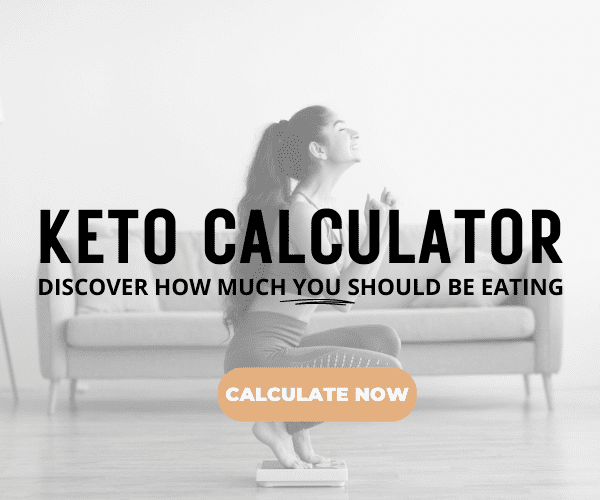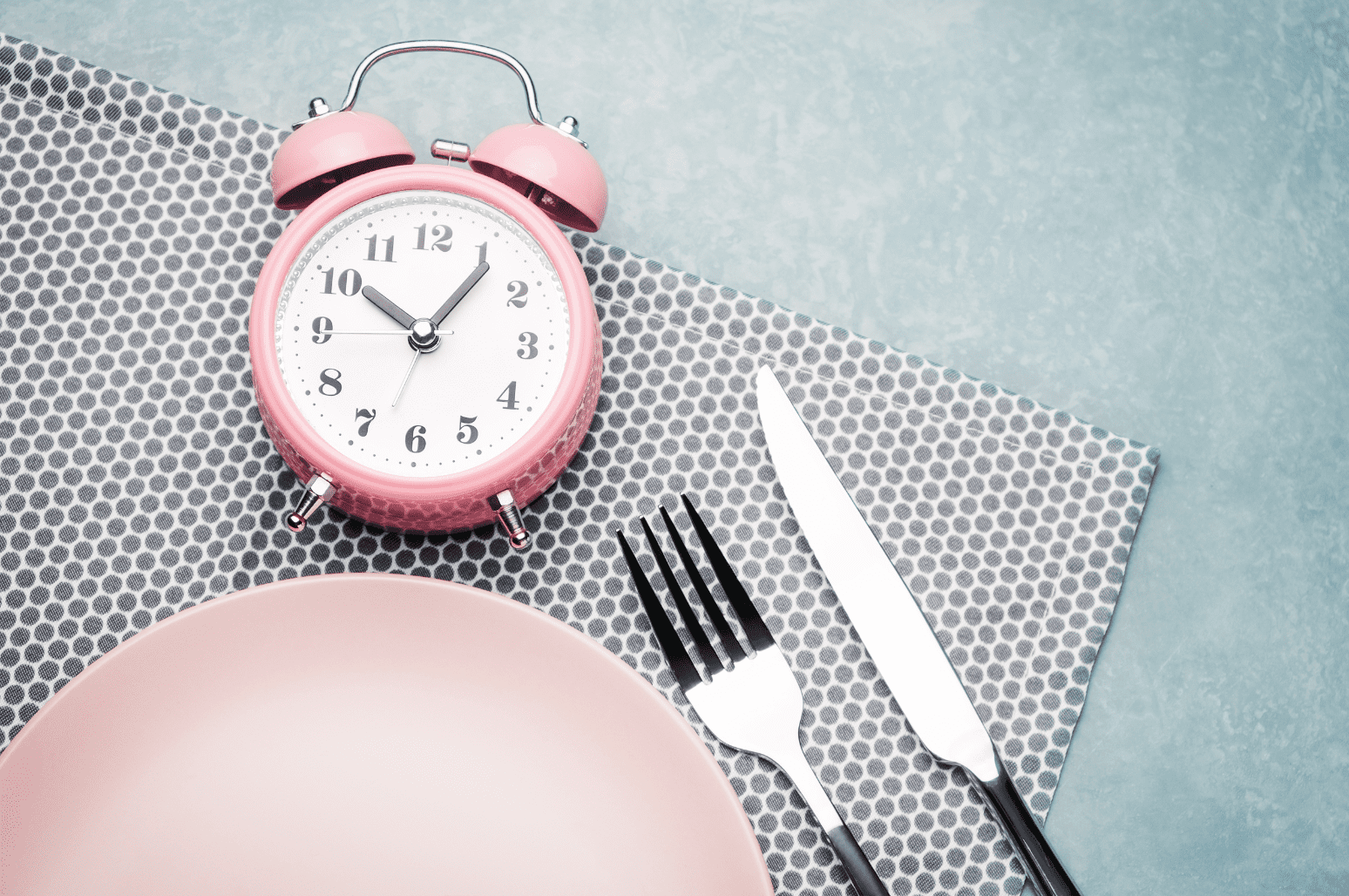
When you ditch the carbs to go keto, refined carbs like bread and pasta are off your menu. But what about rice? Is rice keto? What about the different types of rice? Many of us think of rice as a comforting side dish and a complement to stir-fries, meat and veggie bakes, and Asian-style dishes, and it can be hard to imagine a diet without it. Let’s look at the carb count of rice and if it’s suitable for a ketogenic lifestyle.
How Many Carbs Are in Rice?
One cup of cooked brown rice has around 46 grams of net carbohydrates. One cup of cooked, enriched short-grain white rice has around 53 grams. [1] Cooked wild rice has fewer carbs than brown and white rice, with around 32 grams of net carbs per cup. [2]
Brown rice is considered more nutritious than white rice, and contains more fiber, magnesium, and selenium, while white rice is made using processing that removes much of the fiber, minerals, and vitamins. Some variations of white rice are enriched with added nutrients.
Some people believe swapping white rice for brown rice is a better choice when it comes to health, blood sugar, and diabetes. It isn’t clear whether brown rice is a better choice. For example, several studies showed people with type 2 diabetes and prediabetes who ate brown rice instead of white didn’t experience any improvements in controlling blood sugar levels. More research is necessary on the health effects of brown rice. [3]
Wild rice is not true rice but is the grain of four different grass species. Wild rice provides nutrients, antioxidants, a chewier texture, and a nuttier flavor.
Is Rice Keto?
Even with the different types of rice available, the answer is no; rice isn’t a keto-friendly food. Most keto dieters aim for a daily carbohydrate intake of fewer than 50 grams. Those following a therapeutic keto diet may have a lower daily intake of fewer than 20 grams.
One cup of cooked brown rice provides 46 grams of net carbs, which is too many carbs in one sitting to maintain ketosis. The more common white rice is even higher in carbs.
What about wild rice? What if you only consume half a cup or a quarter of a cup? Generally speaking, you’re unlikely to remain in ketosis if you frequently eat any type of rice, from Basmati to brown rice. The same goes for processed and refined rice flour products like cakes, crackers, puffed or popped rice, rice starch, and canned rice.
Whole grain rice has a lower glycemic index (GI) than refined grains like whole wheat bread or white bread, but it’s still too high for keto. A high GI means that a food quickly raises blood glucose to a high level. With 100 being pure glucose for reference, the GI of cooked white rice is 70, the GI of cooked brown rice is 68, and the GIs of rice crackers and puffed rice are above 80. When you look at these numbers, you can see how rice is too high on the GI to be considered a keto-friendly food. [4]

Typically, the lower the number of total carbohydrates in a food, the lower the glycemic index of that food. Foods that have a lower glycemic index help prevent blood sugar spikes, which is key to preventing type 2 diabetes. [5]
The carbs in rice raise your insulin levels and could become an obstacle on your road to success with keto. If you eat too many carbs, your body will go back to using carbohydrates for energy. The idea of a ketogenic diet is to shift your metabolism into the beneficial state of ketosis and burn fat for fuel rather than sugar.
On the other hand, some keto dieters may be able consume a small amount, such as half a cup, of rice on a given day without being kicked out of ketosis. People are different, so if you’re unsure about how eating rice affects your blood sugar or ketones, test them at home.
You might also enjoy rice on your higher-carb days if you’re an athlete or an athletic person following a cyclical ketogenic diet.
Most importantly, no matter your goals or dietary plans, just take it one day at a time, and don’t be too hard on yourself. It’s always best to visit your doctor if you have any questions or concerns and before making any significant dietary changes.
Low-Carb Rice Alternatives
While rice is unfortunately not keto-friendly, the good news is that you can choose from several low-carb rice alternatives to satisfy your cravings for traditional rice without hindering your progress.
You can buy frozen cauliflower rice in most grocery stores, or try making rice at home by chopping the keto-friendly vegetable of your choice and pulsing it in a food processor until it reaches the desired consistency. Add your preferred spices, sauces, and flavors, and cook it for a few minutes on the stove. The cooking time and temperature will vary depending on the veggie and your ideal texture.
You can use veggie rice in any way that you’d use traditional rice. Place your roast chicken breast on a bed of cauliflower, broccoli, or zucchini rice, or add shirataki rice to your stir-fries.
For more ideas, check out our article on the best low-carb rice alternatives.
References
United States Department of Agriculture (USDA) Food Database. Rice, Brown, Cooked, No Added Fat. FoodData Central (usda.gov)
United States Department of Agriculture (USDA) Food Database. Wild Rice, Cooked. FoodData Central (usda.gov)
Rahim, A. F. A., Norhayati, M. N., & Zainudin, A. M. (2021). The effect of a brown-rice diet on glycemic control and metabolic parameters in prediabetes and type 2 diabetes mellitus: A meta-analysis of randomized controlled trials and clinical trials. Peer J, DOI: 10.7717/peerj.11291
Harvard Health Publishing Harvard Medical School. Glycemic Index for 60 Foods. Glycemic index for 60+ foods - Harvard Health
National Institutes of Health (NIH) News. (2014). Preventing Type 2 Diabetes. Preventing Type 2 Diabetes | NIH News in Health









